Technology
Our core technology enables carbon-free electrical power generation from flowing rivers despite the significant challenge of waterborne debris that has thwarted competing designs. Our device incorporates compliant blades, a slender generator body, and an above water mooring system that could significantly reduce impact damage and considerably increase operating times and power output.
Rivers transport all sizes of debris, from trees to small branches, and this material causes clogging and serious damage to conventional generators. Most designs are rigid and experience continuous impacts that cause damage and common power outages. Our device can deflect or shed debris and continue operating for much longer periods, resulting in more reliable base load power supply to end users.
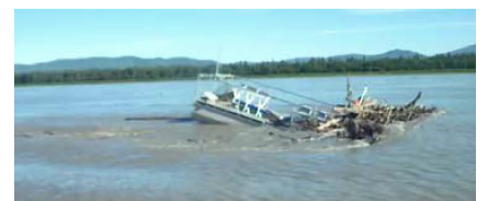

Our novel solution utilizes an unconventional hydrokinetic generator design incorporating a coin generator (CG), previously designed and tested for open ocean applications. The CG is driven by a series of horizontal-axis turbine blades attached on either side but left unsupported at the outer ends, so that they may deflect when impacted by debris. The entire generator may also rotate on its vertical axis to shed most debris and align with maximum river flow. The CG is installed into the flow with the rotational axis perpendicular to the flow direction, with the CG facing the flow on its edge. The blades protrude from each side to capture the water flow and generate useful energy. Unlike a conventional turbine, however, the blades can deflect and move during a debris impact, shedding debris, and significantly reducing the impact loads.
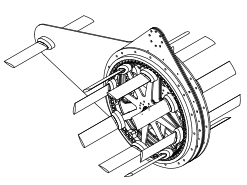
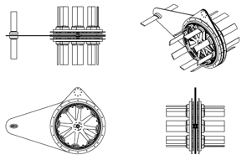
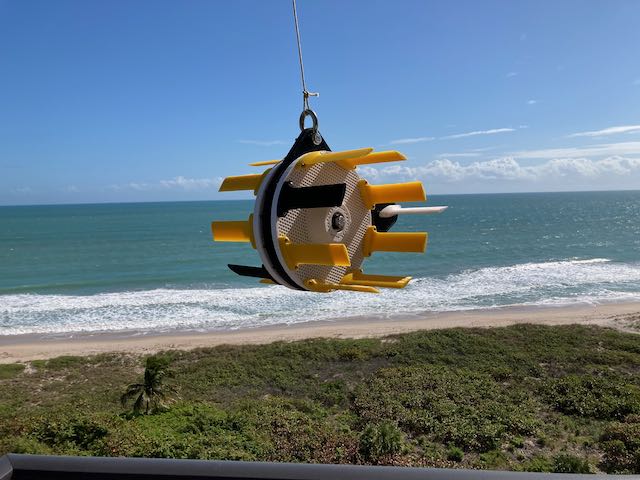
The premise is to attach the blades such that at some “break-away” load, the blades release from their normal position and rotate out of plane in the same direction as debris travel. This would change the collision angle from a direct, full-force impact to a more glancing blow, where most of the energy is directed away and downstream as the object continues moving past the device. Once the object is past, the blade would snap back into position and continue generating power. The action is very similar in principle to a resettable electrical fuse, in that the fuse is sized to a rated current, but if there is a power overload, the fuse will open, protecting the circuit, and then reset once the load is reduced.


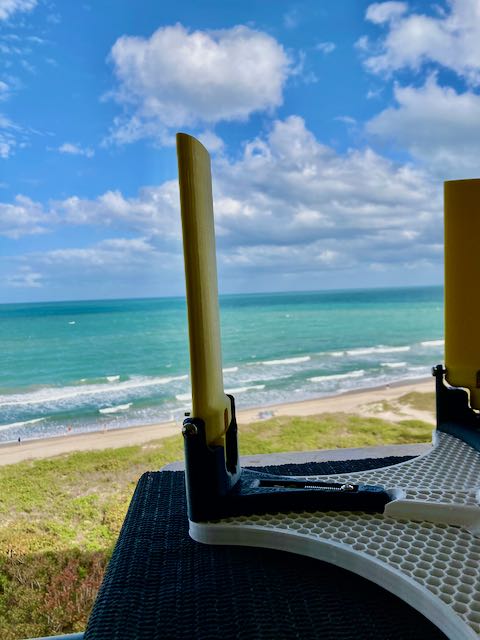
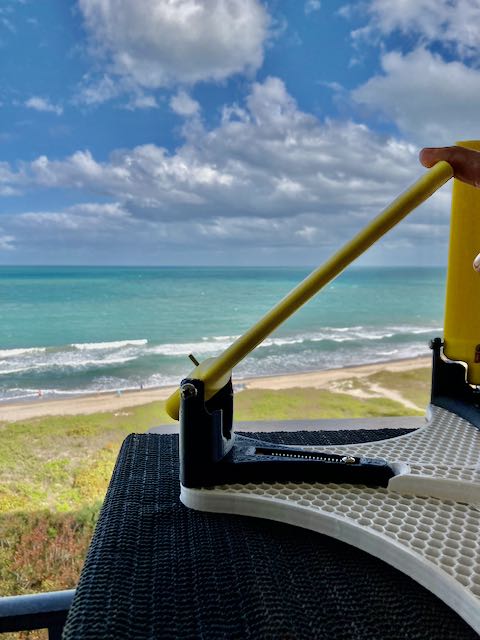
Key Metrics
| Key Metric | Description of Key Metric | Best in Class Incumbent | Charybdis’ Solution Today | Charybdis’ 24-Month Target | Charybdis’ Long-Term Goal |
|---|---|---|---|---|---|
| Debris Mitigation | Ability to deflect and avoid debris and continue operating | Axial Generator POOR | Prototype FAIR | Mature Device GOOD | Production GREAT |
| Power Generation | Generator Type and Capacity | Axial Generator 5kW | Prototype 1kW | Mature Device 3kW | Production 5 kW/10 kW |
| Ease of Deployment | Effort to deploy and maintain | Axial Generator DIFFICULT | Prototype FAIR | Mature Device GOOD | Production GOOD |
| CO2 Reduction | Amount of CO2 Reduction/5 kW | Axial Generator POOR | Prototype FAIR | Mature Device GOOD | Production EXCELLENT |
| Costs | Cost to transport, install, and repair | Axial Generator HIGH | Prototype LOW | Mature Device MEDIUM | Production MEDIUM |
